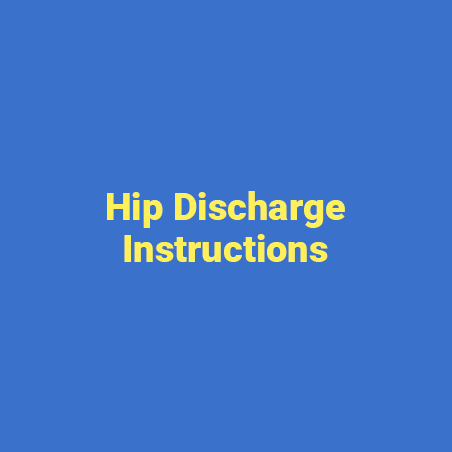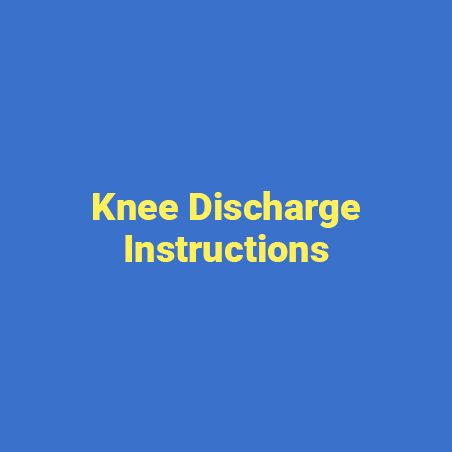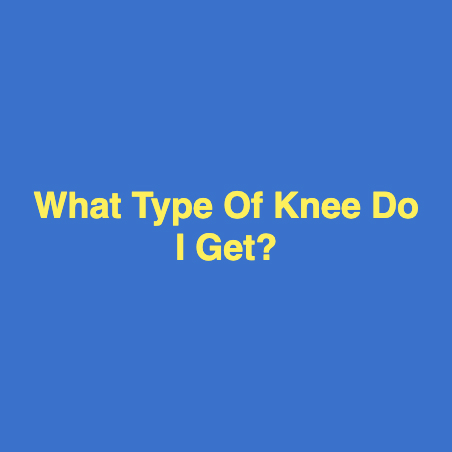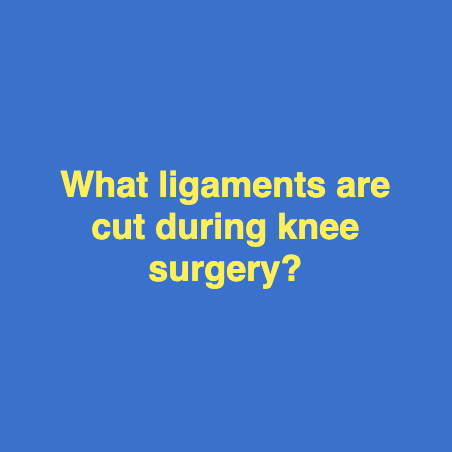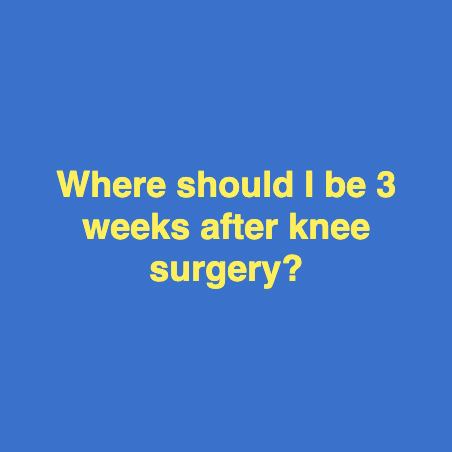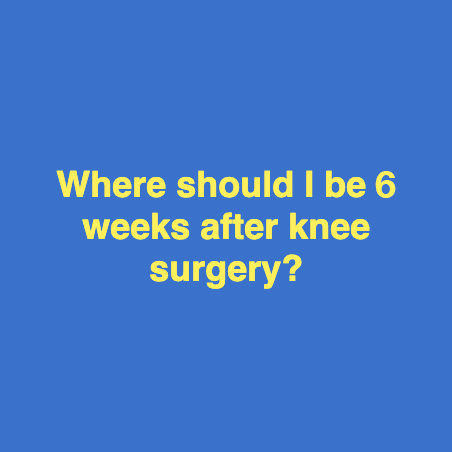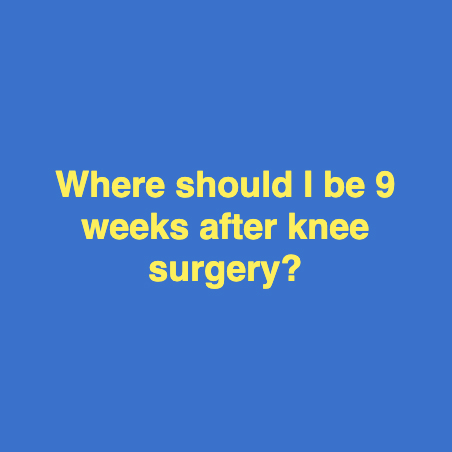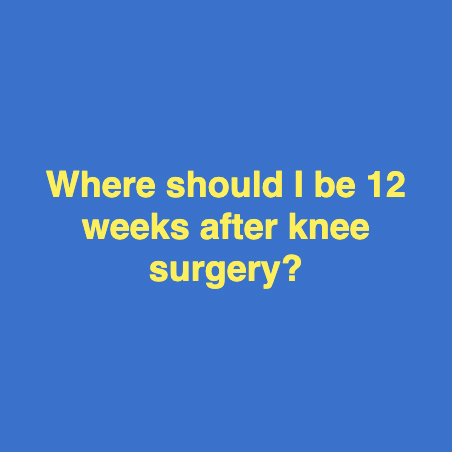One of the most common knee injuries I see is an injury to the anterior cruciate ligament or ACL. ACL surgery can be scary especially since this injury can occur in young athletes. ACL surgery is performed today as an outpatient with the assistance of the arthroscope. The ACL graft is obtained either from a cadaver bank or can be taken from you own knee. During the surgery, the ACL or new ACL is placed through tuneels that are placed in your bone in the location of your own native ACL. Following the procedure, patients are asked to wear a brace for a short period of time until they have quadriceps function. Often, patients will use crutches for the first seven to ten days. Physical therapy usually begins as early as two days after surgery. Most importantly, we are trying to control swelling which will allow us to improve range of motion. You may be asked to be in a motion machine after ACL surgery.
In the first three to four weeks and once range of motion is achieved, we’ll begin active range of motion where you assist the physical therapist in moving the knee. Strengthening can begin as early as four weeks as well. Following six weeks after surgery, if you’re wearing a brace this is often removed. Patients now are walking quite well and are really concentrating on building strength in the quadriceps and hamstrings. Three months after surgery, patients can actually start running in a straight line avoiding pivoting or cutting exercises. At four and a half months, most patients can begin plyometrics, which is moving the knee side to side, and beginning proprioception exercises, or becoming aware of your position in space as you step from right to left or up and down off of a box. Six months after surgery, most patients can return to activity if their quadriceps and hamstring have returned to strength that is adequate for their activity. Most patients are very happy to be back to sports six months after ACL surgery.





